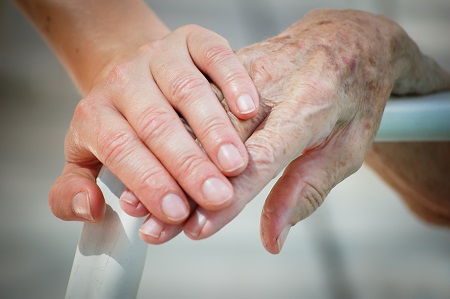The past few months have been catastrophic for many, many people. You don’t need to look further than the ever-increasing death rates, however, to see that the elderly have been impacted the hardest.
Even among the elderly there are outliers; COVID-19 statistics are shockingly bad. While only 0.4% of US residents live in nursing homes (1.4 million people out of around 330 million), this sliver of our citizens represents 26% of all COVID-19 deaths. Put another way, nursing home residents are more than 100 times as likely to die from COVID-19 than other US residents.

This virus truly does represent a worst-case scenario for this population. It spreads rapidly among those living in close quarters, especially if they share common living areas. It spreads rapidly in enclosed spaces, in which many residents are confined for medical reasons. It’s far more deadly among the elderly. And it’s spreading rapidly among those with lower incomes, which unfortunately describes many of the employees interacting with nursing home residents on a daily basis.
All of this has been known for months, however, and nursing homes continue to be plagued by infections and deaths. Aging Support nonprofit LeadingAge recently described the current situation as a “Category 5 hurricane”, warning that nursing homes cannot afford what they’re being asked to do and will soon have to choose between testing residents and employees.
Nursing home residents have long been vulnerable to abuse and neglect, as many of them are unable to advocate for themselves. Most nursing home residents are covered by Medicare or Medicaid, and these programs guarantee many rights for them at any facility licensed to take those insurances. Additionally, every state is required to have a Long-Term Care Ombudsman that investigates complaints of abuse, neglect and exploitation.
As we collectively look back at the impact of COVID-19 on these facilities, however, it’s likely to be obvious that not only were the residents neglected, the entire long-term care industry was in many ways left to fend for itself when it lacked the means to do so.
In many cases, these are the events that lead to new and enhanced levels of future oversight. Los Angeles county became the first locale since the start of COVID-19 to appoint an Inspector General to oversee nursing homes. While it’s not the IGs only job (in addition to nursing homes, Max Huntsman also oversees the LA County Police) it will increase industry oversight in that county substantially.
And while Inspectors General aren’t known for being loved by the agencies they oversee, the industry is in such dire straights that it may bring much needed attention to their needs. Huntsman was charged with working with state and county partners to help design an emergency management system, which may have saved countless lives were it in place prior to the pandemic. Lawmakers are also calling on The US Health and Human Services OIG to investigate states that ordered nursing homes to take in COVID-19 patients from hospitals.
While the HHS OIG may get around to that, right now they are sounding like they are much more focused on the failings of the nursing homes themselves. The US Health and Human Services OIG department has warned nursing homes that they are under increased scrutiny, and their funding is in jeopardy. While enforcement and prosecution will be justified in many cases, they’ll have to be careful not to come down too hard on the industry. Medicare- and Medicaid-covered facilities were already struggling to meet demand before the pandemic. If the industry collapses, the country will face a different kind of crisis entirely.
To learn how CMTS can help your agency ensure each investigation is handled fairly and efficiently, call us at 855-667-8877 or email us at Team_CMTS@securecasemanagement.com.
